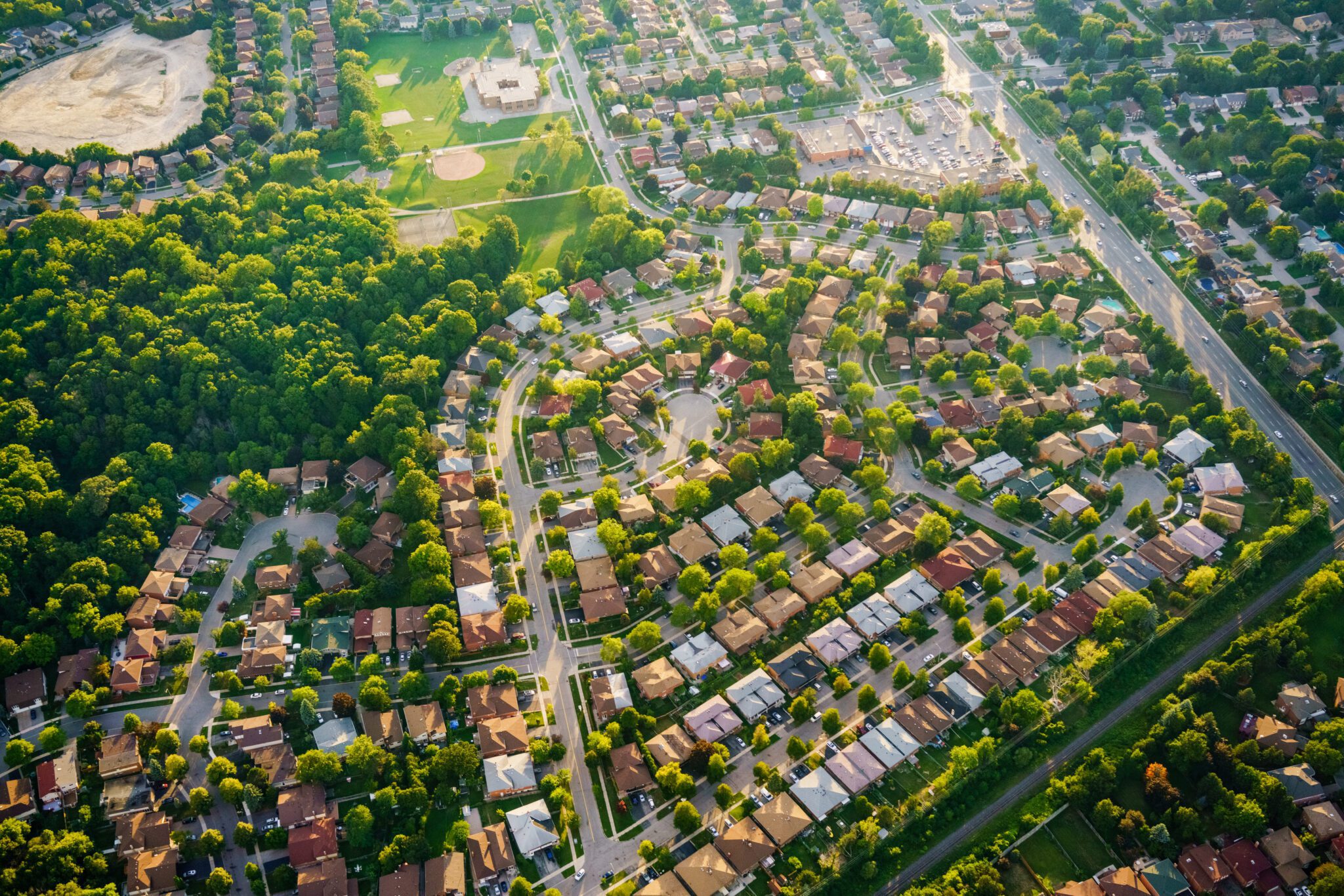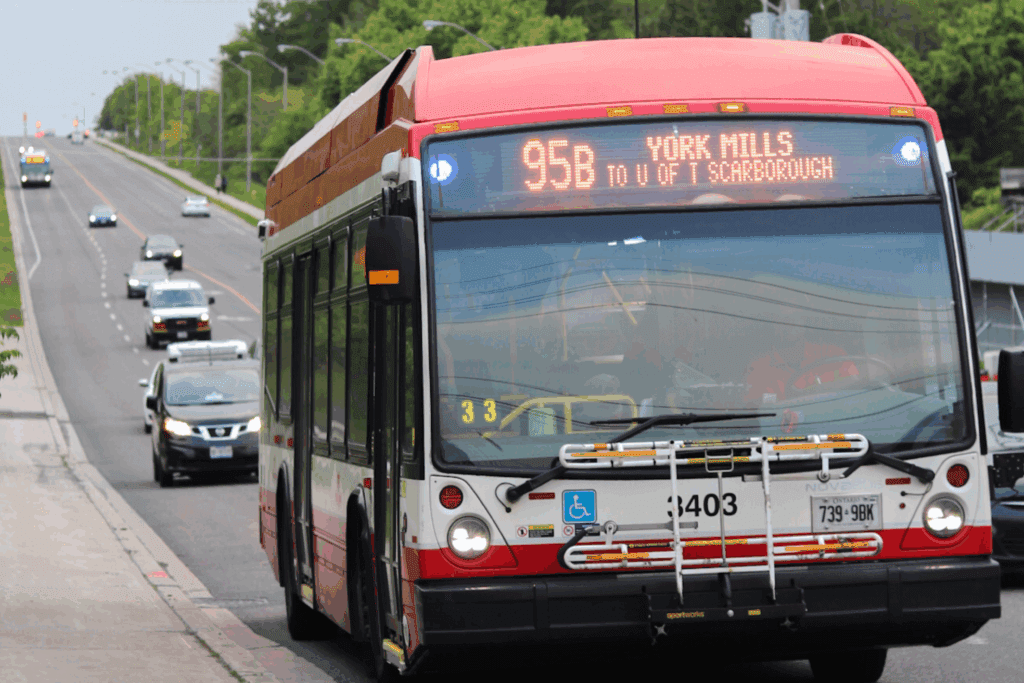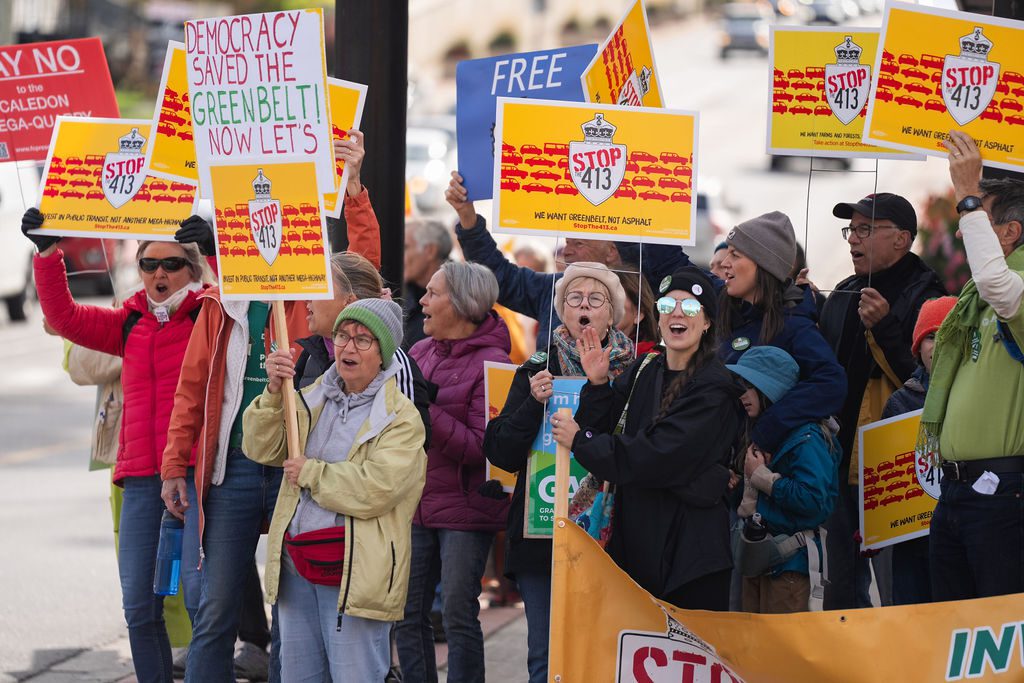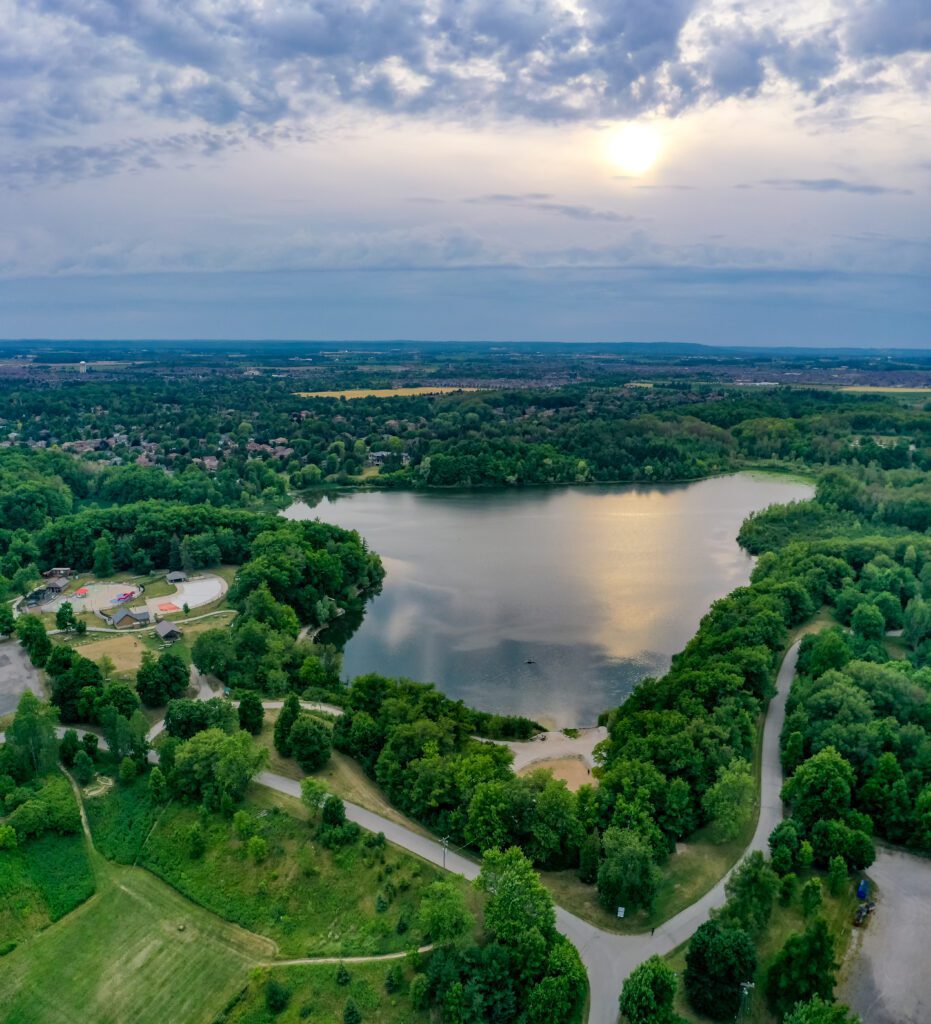Three years after Ontario’s government committed to building more homes faster, the number of homes built in Ontario is dramatically down and government sources show that without radical change fewer than half of the 1.5 million homes promised will be built by 2031.
Ontario has had all the tools it needs to house a fast-growing population, even with high interest rates. But its laws prohibit labour-efficient multi-family housing on almost all existing low-rise “neighbourhood” streets, limiting apartment buildings to tiny high-rise pockets where family-sized homes aren’t viable. They require that most homes large enough for families be built in inefficient low-density types and put on farmland and natural areas where construction resources are wasted on building roads, sewers and other infrastructure from scratch. These are the very same laws and policies that cause car-dependency, threaten Ontario’s Greenbelt, destroy rare wetlands and sensitive wildlife habitat. They also make Canada vulnerable to U.S. threats of “economic force” by eating away at the farmland we need to produce food ourselves
This election is Ontario voters’ chance to fix these problems by electing MPPs who – whatever their previous views – are now committed to turning the way we plan our housing on its head by scrapping plans for wasteful car-dependent subdivisions and McMansions and focussing construction on family-friendly apartments on existing residential streets. Ontario needs a legislature with the guts to overhaul outdated zoning, unfair fees, building codes, and tax rules quickly, and from the top-down.
Why not just “get government out of the way” by cutting taxes, fees, and red-tape for all new housing?
Ontario’s housing crisis emerged even though construction workers and equipment were running at full tilt. Unlike fast-growing states in the United States “sunbelt”, who ruthlessly exploit a bottomless supply of undocumented and underpaid migrant construction labour, Ontario can only deliver more homes, faster by getting builders to make better use of the labour, equipment and materials that we already have. That means ensuring that the mid-rise infill housing development that produces family housing most efficiently is also easier, more cost-effective, and less risky for builders than competing formats and locations.
Whether you’re angry and scared about the shortage of low-cost housing in the places you want to live, or determined to protect our farms, forests and wetlands, your provincial election litmus test should be the same. Let candidates know that if they want your vote, they need to:
- Lower land costs for labour-efficient buildings in all of Ontario’s existing lowrise neighbourhoods, starting with blanket permission for six-storey apartment buildings on every existing residential major street and avenue and four-storey apartment buildings on every suburban, city and small town residential lot throughout Ontario
- Cut construction costs for mid-rise housing by allowing use of simple wood frame construction, removing residential parking minimums, ending “step-back” requirements, and legalizing single staircase designs for buildings up to six storeys and permitting mass timber construction up to eight storeys.
- Stop the wasting of construction capacity, by reversing all designations of rural land for sprawl development since 2022. Requiring that any development on land designated before that house at least 100 people per hectare and expand the Greenbelt to the rest of southern Ontario’s farmland and natural areas permanently.
- Cancel planned subsidies for inefficient sprawl, starting with the destructive multibillion dollar Highway 413.
Fund deeply affordable public and non-market housing, especially when market construction is stalled. - Unlock existing towns and suburbs for families without cars and new homes that don’t waste land and materials on parking by immediately funding more bus service and quickly approving, funding, and installing bus rapid transit lanes on existing arterials and collectors.
We know how to end the housing crisis. A future Ontario government has the advice of experts, and even a government appointed task force. Unfortunately, over the last several years progress has been slowed and reversed by dismantling the modest measures taken by the previous government to promote density and efficient land use while promoting wasteful, expensive sprawl and low-density housing.
Don’t be fooled by vague promises to cut red tape and taxes or claims that more sprawl is the solution to our housing crisis. Don’t let provincial candidates pass the buck to federal and municipal governments. There’s only one path to solving the housing shortage, saving farms, forests and wetlands, and fixing car-dependent suburbs. Between now and election day, candidates must commit to following it.









